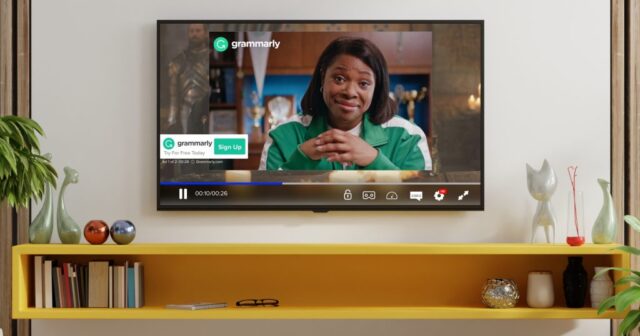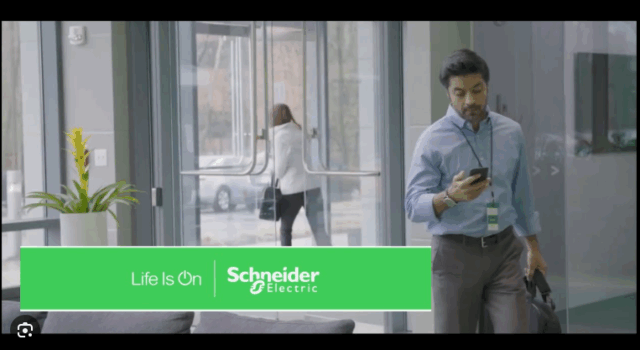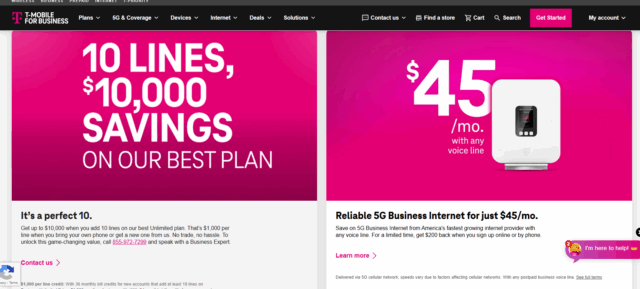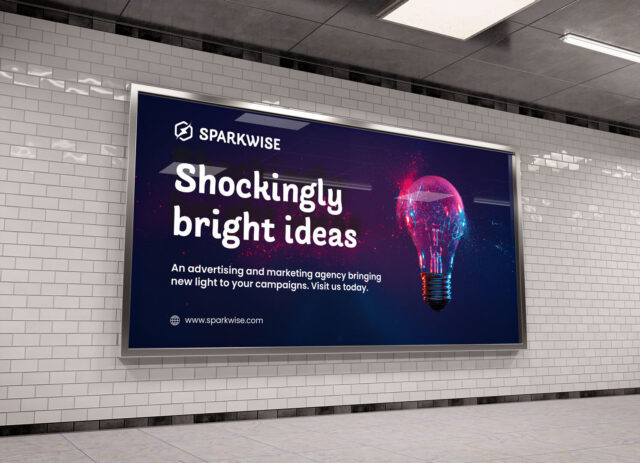
Unlock Global ABM at Scale — Madison Logic strengthens ABM reach with Connected TV and Audio expansion globally. Learn More
Unlock Global ABM at Scale — Madison Logic strengthens ABM reach with Connected TV and Audio expansion globally. Learn More

Every day, B2B buyers are bombarded with content, emails, and ads—most of which they ignore. Marketers know that simply casting a wide net doesn’t work, but manually placing ads and optimizing campaigns for each target account is time-consuming and inefficient. So how do you scale personalized advertising without sacrificing precision?
That’s where programmatic advertising comes in. By using automation and data-driven targeting, programmatic ad buying ensures that your message reaches the right decision-makers across multiple channels—exactly when they’re most likely to engage. Whether you’re new to programmatic advertising or looking to integrate it into a multi-channel account-based marketing (ABM) strategy, this guide will break down the essentials, compare it to traditional advertising, and explore how it can drive better results for your business.
Programmatic advertising is like a smart assistant that helps you show ads to the right people from your target account list, exactly when they’re online. Instead of negotiating with websites or manually picking where your ads go, a computer system does it for you—instantly, using data about your accounts’ behavior. For ABM marketers, this means you can deliver tailored ads to key decision-makers across websites, social media, and video platforms, as part of your larger multi-channel outreach.
Traditional advertising is like buying a billboard on a highway—lots of people see it, but you’re not sure who. Programmatic is more like sending a message to someone’s phone just as they walk by your store, based on what you already know about them.
In traditional media like TV, radio, or magazines, marketers pay up front to reach broad audiences, hoping their ideal customer happens to be watching. These channels can be useful for general awareness or local promotions, but they lack the precision B2B marketers need.
Programmatic advertising, on the other hand, uses smart software to instantly decide where your ad should go, how much to pay for it, and who should see it—based on behavior, company data, or stage in the buyer journey. That means ABM marketers can serve highly relevant ads to decision-makers from their target account lists across digital touchpoints, without wasting budget on the wrong audience.

Programmatic advertising offers several buying methods, each with varying levels of control, transparency, and exclusivity. The four main types are real-time bidding, private marketplace (PMP), preferred deals, and programmatic guaranteed. They differ in terms of how ad inventory is purchased and who gets access.
Also known as open auction, real-time bidding (RTB) is the most common programmatic buying method. It allows advertisers to bid on ad impressions in real time, with the highest bidder winning the placement almost instantly.
Private marketplaces (PMPs) are invite-only auctions where premium publishers offer ad inventory to a select group of advertisers. This method provides greater brand safety, transparency, and access to higher-quality placements compared to open auctions.
Preferred deals allow advertisers to buy ad inventory at a fixed price before it’s made available in auctions. While there’s no guaranteed volume, advertisers benefit from priority access to premium inventory without competing in real-time bidding.
Programmatic guaranteed, or automated guaranteed, involves a direct agreement between advertiser and publisher. Ad inventory is reserved and purchased at a fixed price, offering full transparency, predictability, and premium placements with no auction involved.
Programmatic advertising spans a variety of digital channels—including display advertising, connected TV (CTV), video, native ads, digital out-of-home (DOOH), and programmatic audio advertising. Each channel plays a unique role in an ABM strategy by helping you deliver personalized, timely messages to your target accounts—wherever they are in their buying journey and across the platforms they use most.
Display ads are banner or image-based placements shown across websites and apps. In an ABM strategy, they help build awareness and keep your brand top –of mind among targeted accounts by delivering personalized creative to specific companies or job titles.

CTV delivers video ads to users streaming content on internet-connected TVs. It allows ABM marketers to reach executives in a non-work environment with high-impact messaging, using firmographic targeting to ensure the right companies see your ads.

Video ads run across websites, social platforms, and pre-roll placements. In ABM, video marketing is effective for brand storytelling efforts, as it delivers more detailed, emotionally resonant content to decision-makers within target accounts, especially at the consideration stage.

Native ads blend into the content of a webpage, matching the format and tone of the platform. These are useful in ABM strategies for subtly educating and influencing buyers within target accounts without disrupting their content experience.

DOOH includes digital billboards, transit screens, and other public digital displays. While less common in traditional ABM, it can reinforce messaging in specific geographic locations tied to your target accounts.

Programmatic audio ads are served through music streaming services, podcasts, and digital radio platforms. In an ABM context, these ads provide a unique opportunity to reach busy decision-makers during commutes or focused work sessions with personalized messaging that helps keep your brand top of mind.
Programmatic advertising relies on a powerful ecosystem of platforms that work behind the scenes to automate ad buying, optimize targeting, and measure performance. From real-time bidding engines to data and inventory management systems, these technologies make it possible to deliver smarter, more efficient ABM campaigns at scale.
DSPs are tools advertisers use to buy digital ad inventory automatically. They allow marketers to set targeting parameters, budgets, and bidding strategies, enabling efficient, real-time media buying across multiple channels from one interface.
SSPs are used by publishers to manage, sell, and optimize their available ad inventory. They connect to DSPs and ad exchanges, helping ensure ad space is filled with ads from the highest bidders, which maximizes revenue for the publisher.
Ad exchanges are digital marketplaces where DSPs and SSPs interact to buy and sell ad inventory in real time. They facilitate open auctions, making it possible for advertisers to compete for impressions based on their targeting criteria and bid amount.
DMPs collect, store, and analyze large volumes of audience data from various sources. This data is used to build detailed audience segments, enabling more precise targeting within DSPs. DMPs integrated with other marketing tools, like customer relationship management (CRM) systems, website servers, and social media help create a unified view of multi-channel campaign performances for stronger visibility.
Ad networks aggregate inventory from multiple publishers and package it for sale to advertisers. While not as dynamic as DSPs, they offer curated inventory and can complement programmatic strategies with access to niche or premium audiences.
Ad servers are responsible for delivering ads to users and tracking their performance. They ensure the right creative is served to the right user at the right time and provide critical data on impressions, clicks, and conversions for campaign optimization.
Programmatic advertising strategies in ABM are only effective if you apply a true multi-channel ABM approach that brings your content directly to your buyers. Madison Logic provides full implementation of programmatic efforts through ABM Audio Advertising, ABM Connected TV, and ABM Display Advertising. Each channel is backed by our proprietary intent data, ML Insights, to ensure that you’re using the right target account list and delivering consistent messaging across channels. By commanding buyer attention using a data-driven, programmatic approach, you keep your brand top of mind and help buyers get the information they need to reach a purchase decision 28% faster.
Contact us to set up a demo of our channels and discover more about our programmatic approach to ABM.